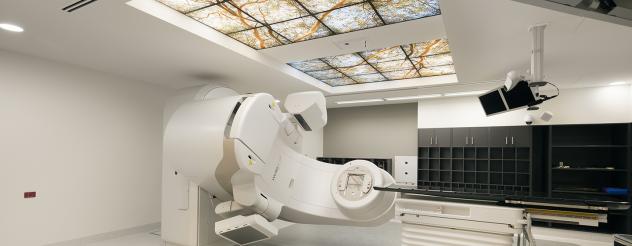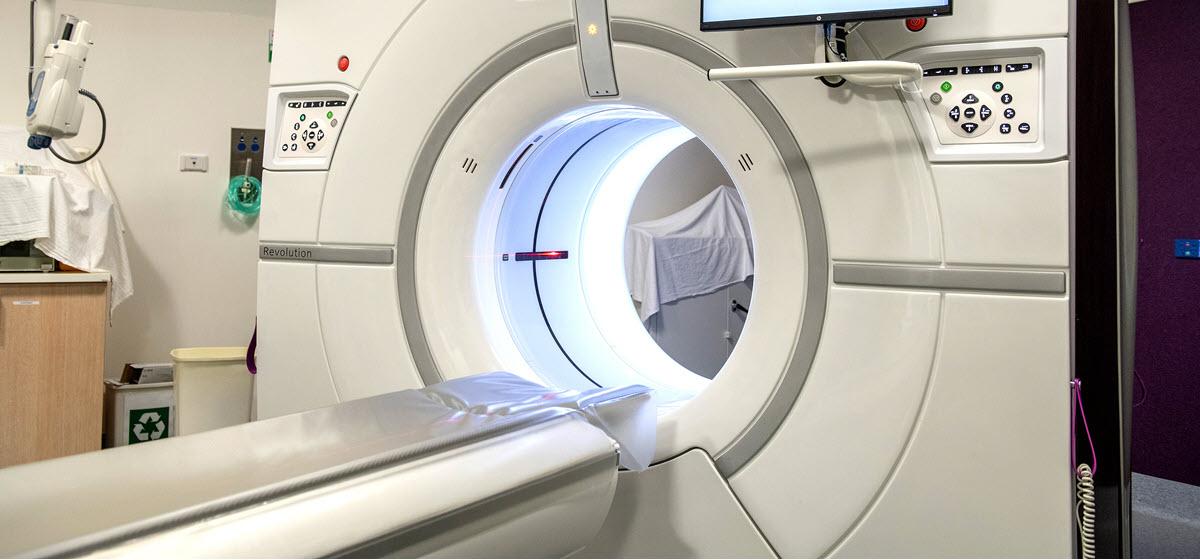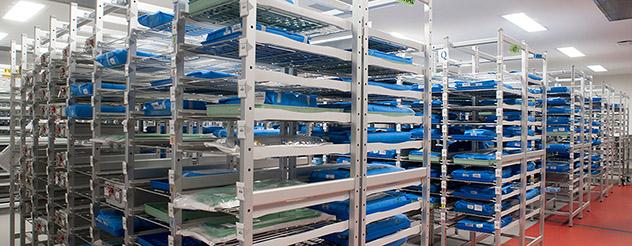
- Home
- Latest medical equipment to provide world-class healthcare
Latest medical equipment to provide world-class healthcare
Having the latest life-saving medical equipment is vital for health services so they can continue providing world-class healthcare for all Victorians.
Since 2012, the Victorian Government has invested more than $350 million in the Medical Equipment Replacement Program (MERP) – providing public hospitals with important diagnosis tools and medical equipment for care that saves lives.
In 2020-21, the program provided 21 metropolitan and regional health services with cutting-edge equipment ranging from medical imaging machines to operating room microscopes and heart imaging equipment.
The medical equipment supports staff and patients in operating suites, emergency departments, surgical wards, intensive care units, neonatal and maternity services and specialist areas.
In many instances, it also means people who are unwell can be treated where they want to be – closer to home and their loved ones.
In this article we explore some of the recent recipients of Medical Equipment Replacement Program funding and the difference this makes to patients and staff.
Peter MacCallum Cancer Centre
This year Peter Mac is celebrating 25 years of offering positron emission tomography scans (PET scans). PET scanners are machines that help doctors check for diseases in the body, including cancer. Funding from 2020-21 will replace the current PET scanner at Parkville with upgraded equipment, offering one of the first machines in Australia with a digital detector.
Latest version PET scanners provide more accurate images in less time and with lower doses of radioactive tracers – a win for patients and imaging staff who have an environmental exposure.
Peter Mac Director of Cancer Imaging, Professor Stephen Stuckey says PET scanners play an important role in detection, diagnosis, treatment and monitoring of cancer, and this technology is advancing rapidly.

Professor Stephen Stuckey, Director of Cancer Imaging, Peter Mac'The accuracy and efficiency gains made possible with these latest machines are not only good for patients, they will help hospitals and imaging centres to keep pace with rising demand for these vitally important scans into the future.'
'A PET scan can show, with pinpoint accuracy, the location of a tumour in tissue or an organ and also indicate if the cancer has spread to other areas,' Prof Stuckey says.
Tumours in the brain, prostate, thyroid, lungs and cervix are commonly found on a PET scan.
'Not only are PET scans used to detect cancers, they help guide treatment decisions, are used to monitor responses to treatment, and to keep watch for cancer recurrence,' Prof Stuckey says.
'New ways to treat cancer – involving radiopharmaceuticals – are also emerging and this is underpinned by ability to perform these scans.'
Peter Mac recently celebrated a significant milestone – its PET service reaching 25 years. When Peter Mac installed its first PET scanner in 1996, it was only the third PET scanner in Australia and one of only a few in the world solely focused on assessment of cancer.
And demand continues to grow with Peter Mac’s imaging team recently performing a record 876 PET scans in one month – that’s an average of 42 PET scans per day. Across the year, Peter Mac performs around 10,000 PET scans.
Professor Stephen Stuckey, Director of Cancer Imaging, Peter Mac'Access to the very latest PET scanners will ensure Peter Mac remains a world-class centre and pioneer of PET-related research and clinical care.'
Health services right across the state have benefited with new equipment from the program. Recent funding has provided state-of-the-art medical imaging equipment that will allow for better diagnosis and people receiving the very best care, closer to home.
Albury Wodonga Health
Women in north-east Victoria will have greater access to early diagnosis and detection of breast cancer thanks to a new state-of-the-art digital mammography unit.

Funding has provided $300,000 for the device that has the ability to detect 40 per cent more cancers. This is possible by utilising three-dimensional technology combined with contrast enhancement and provides a clearer image for specialists to diagnose.
It is the first mammography unit of its kind available to patients in north-east Victoria, with the health service performing more than 4,000 diagnostic mammograms each year
Bendigo Health
One of Victoria’s major regional hospitals now has the capacity to increase scanning by 25 per cent with a new computed tomography (CT) machine.
Replacing an older model, Bendigo Health was funded $800,000 for the new technology that will allow more than 10,000 patients to receive scans each year.
The new technology will allow brain scans for stroke victims and heart scans which are even more important with the introduction of a 24/7 heart service at Bendigo Health.

Bendigo Health medical equipment upgrade
Learn more about the Medical Equipment Replacement Program via our dedicated program page.
The Victorian Health Building Authority is responsible for the planning and delivery of the Victorian Government’s multibillion-dollar health infrastructure program.
Explore more stories Behind the build.
Related content

21 November 2024
Medical Equipment Replacement Program
The Medical Equipment Replacement Program funds replacement of highest critical risk capital medical equipment for acute services in Victorian public hospitals.
04 January 2022
$85 million for hospital engineering and medical equipment upgrades
Thirty-three health services will share $85 million in funding to upgrade or replace vital engineering infrastructure and medical equipment.
21 May 2021
2021-22 Budget delivers $1.6 billion infrastructure boost
The Victorian Budget 2021-22 is investing $1.6 billion for health, mental health and aged care infrastructure projects across the state.
09 December 2020



